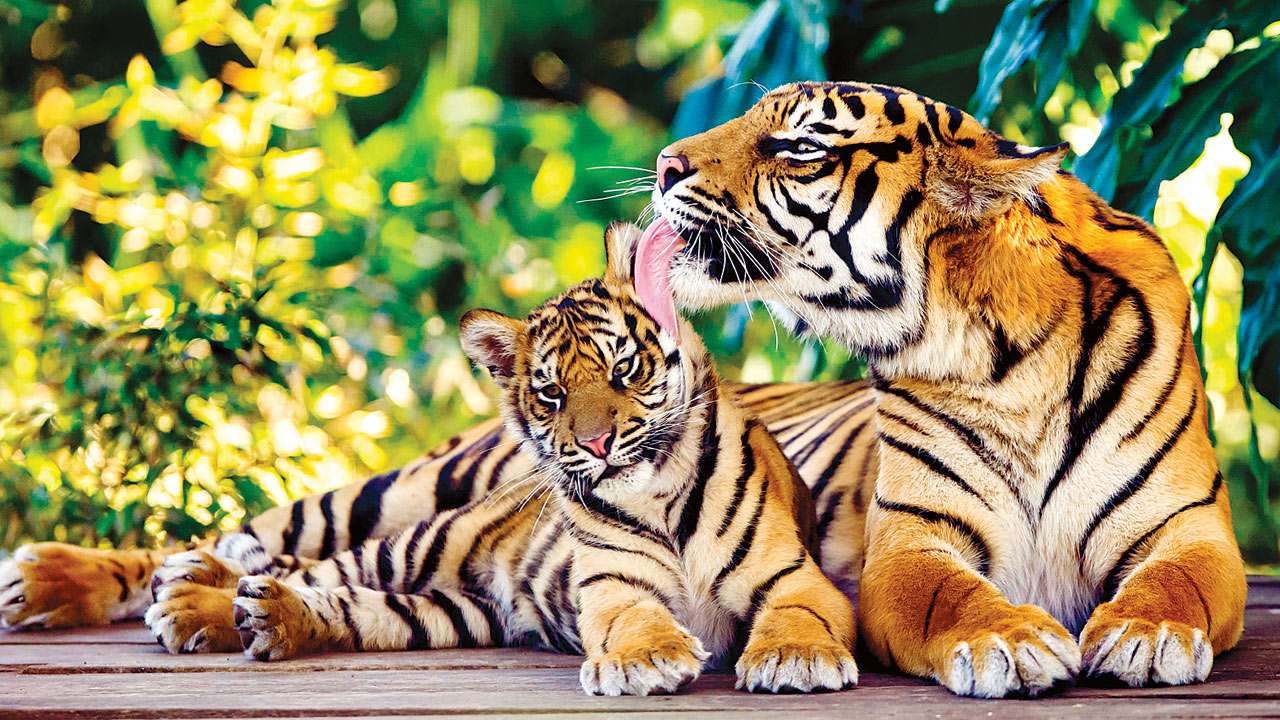Several factors contribute to tigers being classified as endangered, these include poaching, Illegal trade of tiger parts, loss of habitat, human conflict, and climate change. But before we answer the question “why are tigers endangered?”, let’s learn more about tigers and conservation efforts so you can understand their habitat and environmental needs.
An estimated 3,900 tigers remain in the wild, but much more work is needed to protect this species if we are to secure its future in the wild. In some areas, including much of Southeast Asia, tigers are still in crisis and declining in number.

Initially, numbers dropped due to hunting, but today the main threats to rhino are poaching and habitat loss. Poaching and illegal trade of rhino horn has increased sharply since 2007 and remains one of the major reasons rhino are still endangered today. ... Habitat loss is the other major threat to rhino populations.

Giant pandas first became endangered in 1990 due to excessive poaching in the 80s and deforestation, depleting their bamboo food source. ... Since the 1940s, the Chinese government has worked to conserve giant panda habitat and protect the wildlife within it.
There are many reasons why pandas are endangered, including their difficulty reproducing, a poor bamboo diet, loss of habitat, and poachers. Pandas face a lot of dangers, but zoos and panda reserves are doing everything they can to keep them from becoming extinct.
/https://public-media.secure.si.edu/blogging/featured/Panda_george_lu.jpg)
Pangolins are threatened by poaching (for their meat and scales, which are used in Chinese traditional medicine) and heavy deforestation of their natural habitats, and are the most trafficked mammals in the world.
All these animals are becoming endangered due our persenol
needs and demand, we demand items so certian people kill animals to fulfill our demands and to earn money!
...But we can still do something about this!